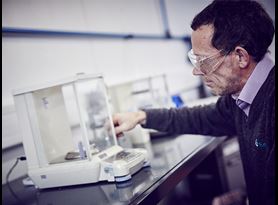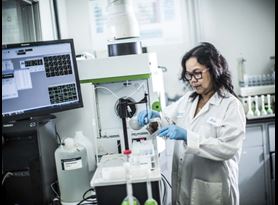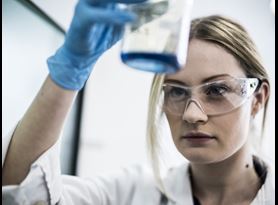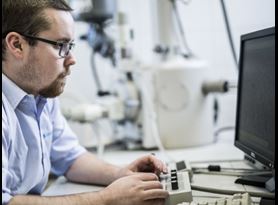Method Detection Limit
Method Detection Limit (MDL) is that concentration of the analyte that can be detected at a specific confidence level.
Under section 304(h) of the Clean Water Act, as amended in 1977, the Environmental Monitoring and Support Laboratory in Cincinnati is responsible for providing test procedures for the measurement of specific pollutants at trace concentrations in municipal and industrial wastewater.
Methods of detection are only as valuable as their ability to analyze for each analyte. How do we determine how well a method analyzes? One way is to look at the limit for detection, which is the concentration of the analyte which can be detected at a specific confidence level.
The concept of a detection limit has been a topic of debate for a long time. Therefore, confusion arises when different detection limits, determined by various analysts, are compared and sometimes interchanged.
This problem needed to be solved, so on October 26, 1984, the MDL Rule was promoted with the goal of minimizing false negatives. This rule was revised on August 7, 2017, which brings us to why you need to know about changes to the MDL procedure.
The MDL procedure is designed to be a straightforward technique for estimation of the detection limit for a broad variety of physical and chemical methods. The previous version of the MDL procedure (Revision 1.11) stated: “The method detection limit (MDL) is defined as the minimum concentration of a substance that can be measured and reported with 99% confidence that the analyte concentration is greater than zero and is determined from analysis of a sample in a given matrix containing the analyte.” The 2016 revision of the MDL procedure (Revision 2) differs from Revision 1.11 of the MDL procedure in three significant ways.
The MDL procedure now uses method blanks to calculate an MDL, in addition to the spiked samples that have always been used to calculate the MDL. As a result, the new definition of the MDL is:
"The method detection limit (MDL) is defined as the minimum measured concentration of a substance that can be reported with 99% confidence that the measured concentration is distinguishable from method blank results."
The value calculated from the spiked samples (spiked samples are prepared from a clean reference matrix, such as reagent water, spiked with a known and consistent quantity of the analyte) is called the MDLS. The MDLS calculation is the same as the MDL calculation in Revision 1.11. The method blank samples are used to calculate the MDLb, which is a very similar calculation that also calculates the 99% confidence level that the result is derived from the sample rather than from contamination/noise. The MDL is the higher of the two values (either the MDLS calculated using spiked samples or the MDLb calculated using method blanks). EPA considers this change important because as detector sensitivity improves, the background contamination of the laboratory, consumable supplies, and equipment can be more critical in determining the detection limit than the sensitivity of the instrument.
The MDL now requires that the samples used to calculate the MDL are representative of laboratory performance throughout the year, rather than on a single date. A laboratory has the option to pool data from multiple instruments to calculate one MDL that represents numerous instruments.
To walk you through these changes to the method detection limit, Element has created a white paper which details the changes and how they affect you.
Find related Resources
Download
New Method Detection Limit
More from Element

Chemical Analysis
Find out how Element's chemistry teams work with our customers to identify the contents, composition and quality of materials they develop and manufacture.

GCMS Analysis
Element has world-class gas chromatography equipment, capable of performing both liquid injection and thermal desorption methods. Our experts are highly trained in GC/MS testing and supporting chemical methods.

FTIR Analysis
Fourier Transform Infrared Spectroscopy (FTIR) allows chemists to use very small samples of a substance to identify and quantify its components.

Scanning Electron Microscopy (SEM)
SEM analysis is a powerful analytical tool which uses a focused beam of electrons to produce intricate, high magnification images of a sample’s surface topography.

